Disclosure: This article may contain affiliate links. If you decide to make a purchase, I may make a small commission at no extra cost to you.
As far as I’m concerned, green tea is one of the healthiest and best drinks in the world. But which is better for you: is it Sencha or matcha green tea?

Here in Britain, where I live, most people drink black tea (with milk usually), but the popularity of green tea started to increase over a decade ago when numerous reports were coming out about the health benefits you get from drinking it.
Like most people, I used to only drink black tea, but I thought I’d give green tea a try for a change.
I wasn’t impressed at first, and the idea of drinking tea without milk didn’t seem right…
But gradually, over about a week or so, I started to really enjoy the natural flavor of green tea and soon I couldn’t go a day without it.
That was over 14 years ago.
Since that time, I’ve followed up with some of the research behind the benefits of green tea and also experimented with different types of tea.
I like the old Chinese proverb which says:
“Better to be without food for three days than without tea for one day”
Green tea is my favorite drink now. I drink many cups every day, and I drink both sencha and matcha green tea. When I drink sencha green tea, I’ll often add turmeric and ginger.
When I drink matcha green tea, I love it just as it is. I’m updating this article now in 2020 to tell you about a GREAT matcha green tea that I found recently. I’ve been drinking it for a little while now and I’m on my second jar already. I can’t get enough! Go over here to check out my review of PureChimp Matcha Green tea. It’s awesome!
Cute green tea advert 🙂
Differences Between Sencha and Matcha Green tea
Both green teas come from the exact same plant, but there are key differences that distinguish them both and they provide different levels of compounds that can alter the taste. There is also a huge difference in the amount of health-promoting catechins present in each type of tea as well.
Matcha Green Tea
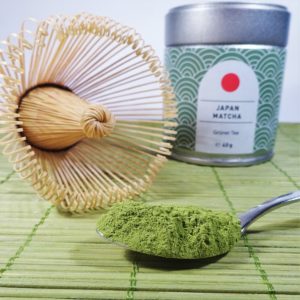
In Japan, there are different grades of matcha green tea which are produced.
- Culinary grade
- Premium grade
- Ceremonial grade
Here is a good ceremonial tea – the best grade of matcha green tea that you can get.
It has a brilliant green color from the high level of chlorophyll produced by the leaves and doesn’t taste as bitter as the lower quality or basic green teas on the market.
This occurs because of the way matcha green tea is grown. They are shade-grown for 20 days before harvest.
As a result of this, not only does chlorophyll levels increase (it’s how the plant converts sunlight into energy), you have higher levels of l-theanine and other nutrients.
The process of creating the perfect matcha green tea
- The best teas are picked by hand, usually in the month of May.
- Next, the leaves are steamed to help preserve the color and nutrients of the leaves.
- The leaves are sorted, graded, destemmed, and deveined.
- And finally, it’s ready to be ground down into a powder, to what we call Matcha (this means grounded tea).
Matcha Powder can be used for many things
The great thing about matcha powder is that you can use it as an ingredient for all sorts of things.
Here’s a few off the top of my head:
- Throw some matcha powder into your favorite green smoothie!
- Add it to almond milk or soy milk.
- Matcha green tea ice lollies.
- Add matcha to your morning oatmeal.
- Matcha green tea popcorn.
I’m sure if you do a little google search, you can find lots of amazing matcha green tea recipes.
Sencha Green Tea

Most people who drink green tea are far more familiar with sencha green tea.
It’s the type of green tea that I’ve mostly consumed over the years as well.
It has a different color than matcha and has a mild refreshing aroma.
The tea comes from the same plant, but it’s grown and processed differently than matcha.
The process of creating the perfect sencha green tea
- The plant is left to grow in direct sunlight and the best quality leaves are usually harvested in the first flush.
- Once the young green tea leaves from the top of the plant are picked, the leaves undergo steaming for about 1 minute. (Chinese green teas are pan-fried).
- After this, the leaves are dried, rolled, and ready to be shipped to us tea lovers! 🙂
The perfect brew: if you leave tea bags in the cup for too long, it can be a bit too strong and some people don’t tolerate the bitterness from the tannins. So, when making your cup of green tea, make sure the water is not boiling!
Which is the best green tea to drink for health benefits?
Both green teas contain high levels of compounds that are very beneficial to human health. Some of the benefits of drinking green tea may include the following:
- Prevention of certain types of cancer.
- Prevention of heart disease.
- Protects against arthritis.
- Destroys viruses and bacteria.
- Helps protect the brain from neurodegeneration and damage from stroke.
- Possess antioxidant and anti-inflammatory benefits.
- Boosts the immune system and primes it to defend against pathogens.
- Protects against diabetes.
One of the main polyphenols in green tea which is thought to be responsible for a lot of these benefits is called epigallocatechin-3-gallate (EGCG).
Some of the beneficial effects could also be attributed to the amino acid l-theanine, which calms the nervous system and is also able to cross the blood-brain barrier.
Which tea has more catechins?
In 2003 researchers looked to quantitate the level of these beneficial polyphenols in Japanese Matcha Green Tea and compare it to China Green Tea Tips.
The results were clear: Matcha green tea has significantly more EGCG than this brand of sencha green tea from China.
Per gram of dry leaf, the amount of EGCG available from Matcha green tea was 137 times more.
You can read a more extensive breakdown of the different types of green tea and the level of catechins here.
The amount of EGCG in green tea can vary greatly. This is why it is important to pick a high-grade green tea if you want to get the most benefits.
You should consider that the green tea tested in the study cited above was much lower than what has been found by the USDA for many different brands of green tea.
The study found that China Green Tea Tips had 0.42 mg of EGCG per 1 gram and Magic Matcha green tea had 57.4 mg per 1 gram.
Choosing Matcha over Sencha green tea seems like it would be a good choice if it’s the EGCG that you want. However, some new research suggests that Sencha green tea from South Korea and Japan may have the highest catechin content.
Green tea quality and contamination
There have been various studies looking at the levels of heavy toxic metals in popular green teas from China, India, and Japan.
Many years ago, there was a lot of concern over the level of lead found in Chinese green tea [1, 2, 3].
However, new studies have recently been published showing that drinking teas sourced from any of these countries are safe and should not pose any harmful risk to humans.
That being said, I recommend watching Dr. Michael Greger’s video on the lead contamination of tea. He points out that if you are consuming the leaves, consuming anything other than Japanese Green tea could be risky!
Conclusion
Green tea is a very healthy beverage to consume and it’s full of minerals, amino acids, and polyphenols that are very beneficial to your health.
If you’re not already a green tea drinker, give it a try!
Most stores sell green tea in a large variety of flavors such as lemon, coconut, ginger, cranberry and more.
Although, you might find it a bit hard to get a good quality matcha green tea in the local store. You can check out my list of the highest-quality green teas here.
I recommend that you give both sencha and matcha tea a try. They each have their unique taste and sometimes it comes down to preference more than anything.
Let me know in the comments which is your favorite green tea!
Reviewed and updated: March 2019.
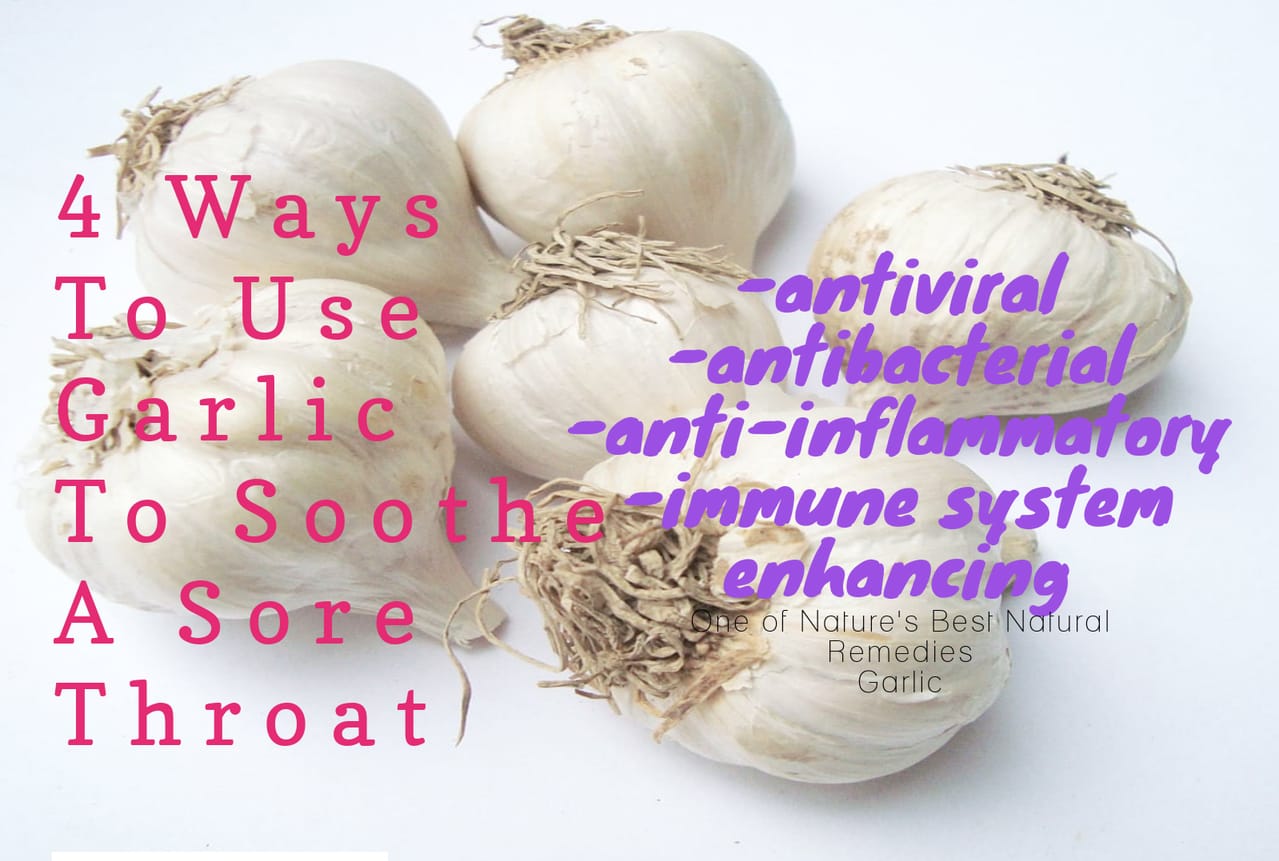

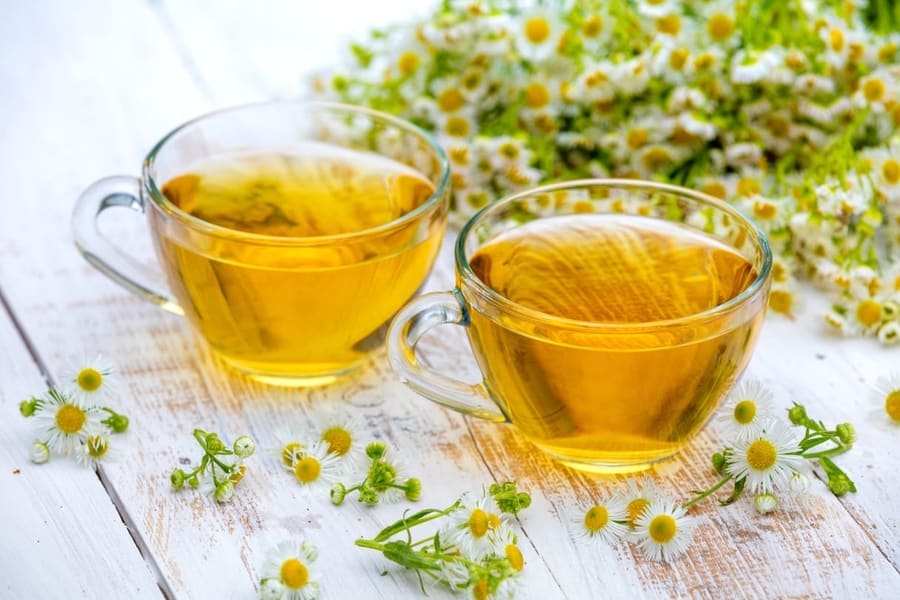
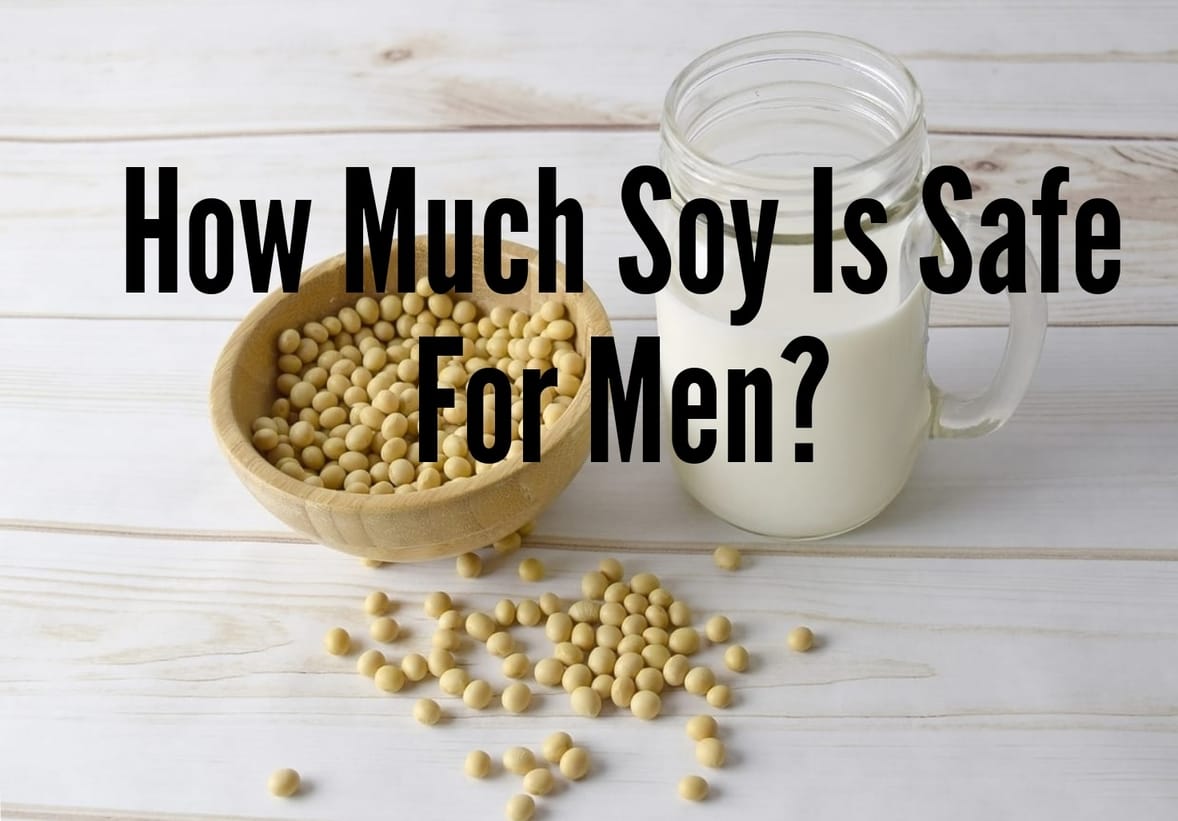
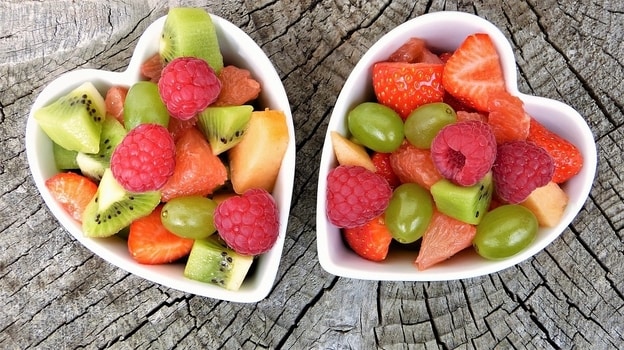
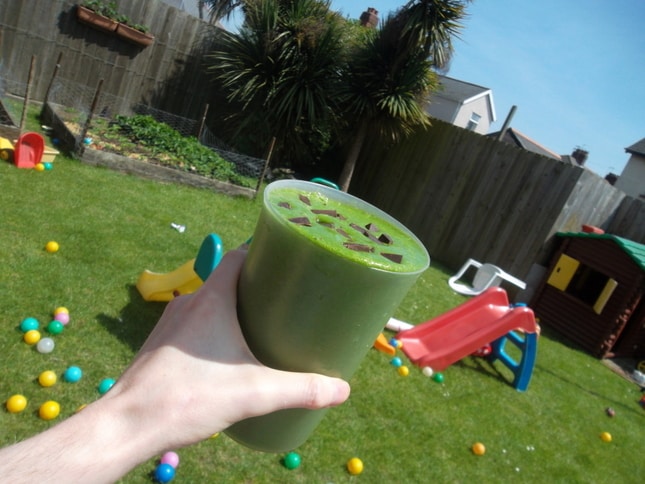
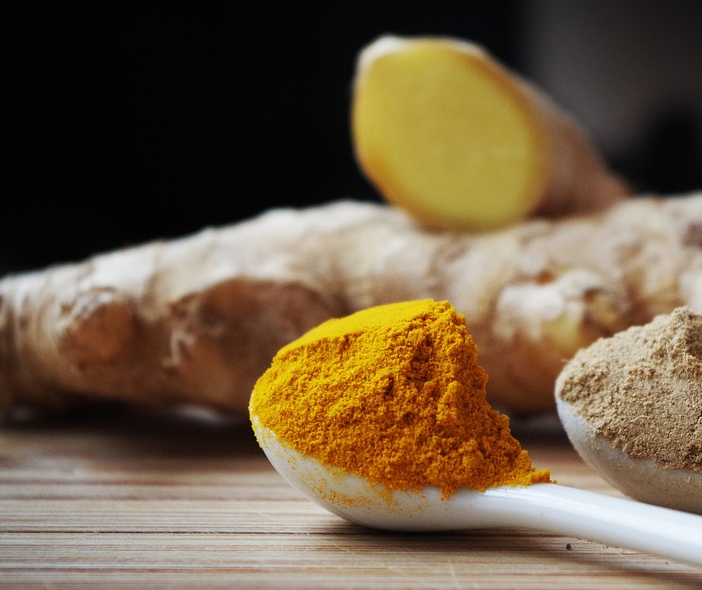

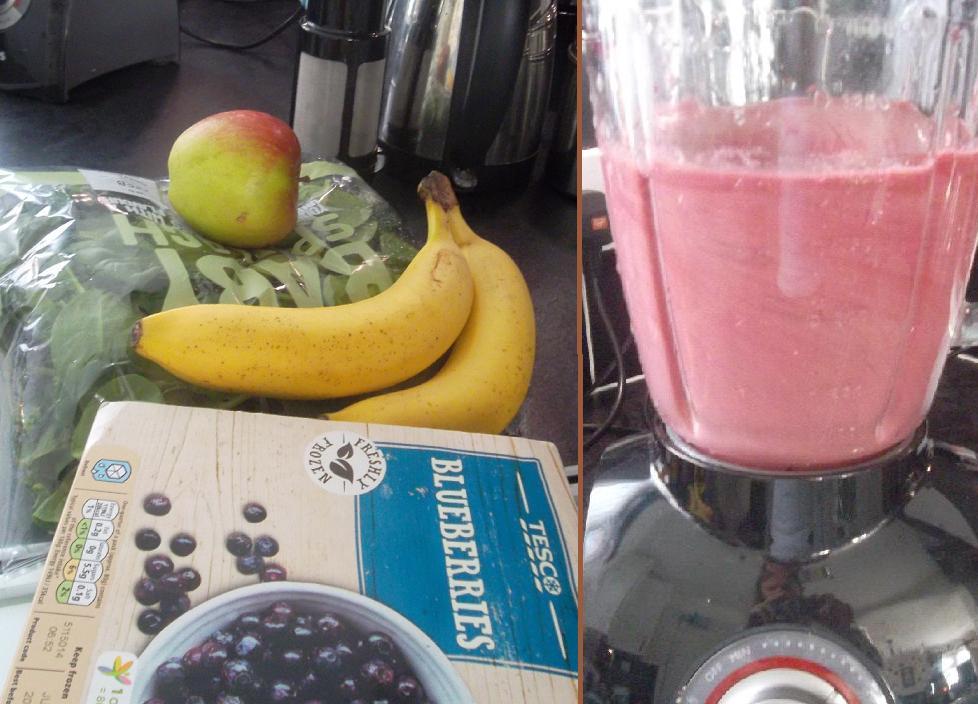
The Hummingbird Bakery have a lovely recipe for Matcha green tea cupcakes.
You are another example why it’s so hard to find useful info on the web — it’s full of dum-dums with no education or experience spewing out “research” findings they don’t understand. The study you cite cannot be used to compare Matcha to Sencha in terms of EGCG or anything else. The study compared one type of Matcha to a very specific brand (used by Starbucks) of green tea. You can’t draw conclusions about “sencha tea from China” — the word “China” is just part of the brand name of the tea. You can’t extrapolate that study to all Sencha teas.
Even what you literally wrote is an obvious non-sequitur: “In 2003 researchers looked to quantitate the level of these beneficial polyphenols in Japanese Matcha Green Tea and compare it to China Green Tea Tips. The results were clear: Matcha green tea has significantly more EGCG than Sencha green tea from China.” Huh? First sentence doesn’t mention Sencha. And the second one generalizes over all Sencha?!
You have zero credibility on everything you write based on this post.
Hi, thanks for your feedback. It was a long time ago when I wrote the article (it was one of my earliest posts) and I probably just worded it badly. I’ve corrected part of it now. I’ll take a further look into it to see how I can improve it. 🙂
However, I published a related article more recently looking at the level of catechins for green teas by country of origin and share some results of a study that compared over 200 green tea samples. Chinese teas were generally lower in catechins compared to others. You can find the study within the article: https://www.crvitality.com/2018/12/green-tea-highest-amount-catechins/
I hope that information is a lot clearer.
Take care!
Matt